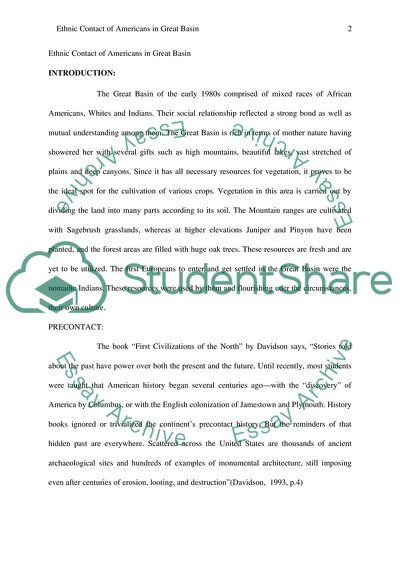Cite this document
(Mixed Races in the Great Basin Term Paper Example | Topics and Well Written Essays - 2119 words, n.d.)
Mixed Races in the Great Basin Term Paper Example | Topics and Well Written Essays - 2119 words. Retrieved from https://studentshare.org/sociology/1618853-topic-10great-basin-precontact-life-ways-changes-during-contact-and-colonialism
Mixed Races in the Great Basin Term Paper Example | Topics and Well Written Essays - 2119 words. Retrieved from https://studentshare.org/sociology/1618853-topic-10great-basin-precontact-life-ways-changes-during-contact-and-colonialism
(Mixed Races in the Great Basin Term Paper Example | Topics and Well Written Essays - 2119 Words)
Mixed Races in the Great Basin Term Paper Example | Topics and Well Written Essays - 2119 Words. https://studentshare.org/sociology/1618853-topic-10great-basin-precontact-life-ways-changes-during-contact-and-colonialism.
Mixed Races in the Great Basin Term Paper Example | Topics and Well Written Essays - 2119 Words. https://studentshare.org/sociology/1618853-topic-10great-basin-precontact-life-ways-changes-during-contact-and-colonialism.
“Mixed Races in the Great Basin Term Paper Example | Topics and Well Written Essays - 2119 Words”, n.d. https://studentshare.org/sociology/1618853-topic-10great-basin-precontact-life-ways-changes-during-contact-and-colonialism.


